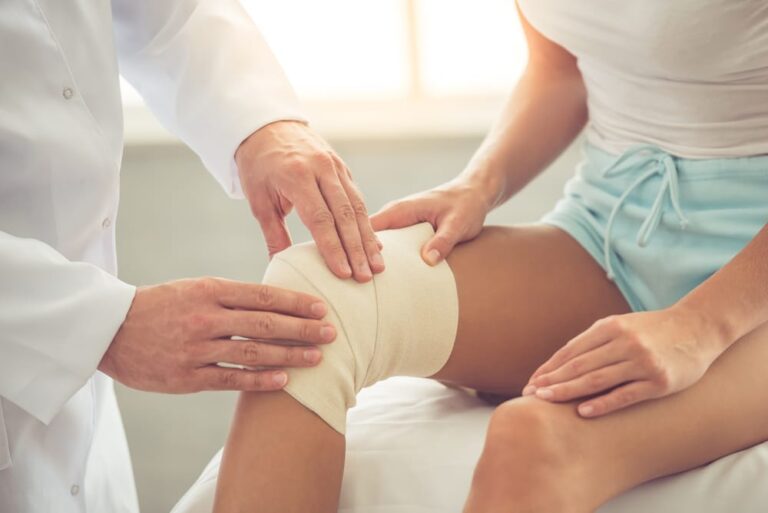While it may seem like something out of a science fiction movie, the truth is that our bodies possess an innate ability to heal themselves. From repairing broken bones to repairing damaged tissue, our ability to heal is truly extraordinary. In this blog post, we unlock the secrets of this remarkable process and explore the incredible ways you can promote and accelerate wound healing.
Vitamin C, zinc and proteins
It’s no secret that we need adequate intake of certain nutrients to support wound healing. Vitamin C, known for its role in collagen synthesis, can be obtained from citrus fruits, berries and green leafy vegetables. Zinc, an essential mineral, aids in cell growth and division and facilitates the formation of new tissue. Foods such as seafood, lean meats, nuts and seeds are rich in zinc.
Furthermore, proteins, especially defensive proteins, play a crucial role in wound healing by providing the necessary amino acids for tissue repair. Including sources such as lean meats, fish, eggs, dairy products, legumes and tofu in your diet can optimize the healing process.
Try honey and aloe vera
One of the natural and effective ways to promote wound healing is by utilizing the power of honey and aloe vera. People have used honey, with its antibacterial and antioxidant properties, for centuries to treat wounds; the high sugar content creates a hostile environment for bacteria.
On the other hand, aloe vera has soothing and anti-inflammatory properties. Applying a thin layer of honey or aloe vera gel to the wound can form a protective barrier, promote cell regeneration and speed up the healing process.
Cryotherapy and hyperbaric therapy
Cryotherapy and hyperbaric therapy are two innovative approaches that have attracted attention for their potential in promoting wound healing. Cryotherapy involves the application of extremely cold temperatures to the affected area, which constricts blood vessels, reduces inflammation and can aid in pain relief.
Hyperbaric therapy exposes the body to high levels of oxygen in a pressurized chamber. This can improve the supply of oxygen to tissues, stimulate the production of new blood vessels and accelerate wound healing. This is great for chronic conditions such as diabetes, where the ulcers can take a long time to heal, increasing the risk of complications from infections.
Keep the wound moist
Contrary to popular belief, keeping a wound covered and moist aids the healing process. Moist environments provide an optimal environment for cells to regenerate, facilitating the growth of new tissue and minimizing the risk of infection. Using bandages or topical ointments that create a moist environment can accelerate wound healing by preventing the wound from drying and promoting cellular activity.
Moisture retention does not mean excessive wetness, as excessive moisture can create an environment conducive to bacterial growth. Maintain balance and change the bandage regularly to ensure cleanliness and proper moisture levels.
Healing wounds is a remarkably natural process that you can improve with the right practices. By maintaining a healthy lifestyle and keeping yourself hydrated, you can promote wound healing and give your body the care it needs.

